Fever is a common medical condition and it is always accompanied by a burning sensation which occurs in the mouth. Sometimes a person may also find out that he or she has blisters inside the mouth. These blisters are actually the ones referred to as fever blisters. Sometimes, such blisters may get developed in the mouth due to excessive consumption of spicy foods.

Causes and Symptoms
There are two main different types of herpes simplex virus and those are type 1 or HSV1 and type 2 or HSV 2. Fever blisters in mouth are actually triggered by the severe type 1. HSV 2 is commonly associated with genital herpes while HSV 1 triggers oral herpes in most cases. The blisters appear because the body elevates the temperature as an immune response to the harmful viruses.
Both different types of herpes simplex virus are equally contagious but the severe type 1 is the one which is much more dominant than its counterpart. Fever blisters can also be trigger by a close contact with a person who is already infected with the virus, because the virus spreads rather easily through saliva.
Severe types of infection may involve lesions which appear in the mouth. The blisters cannot be cured, but they can be suppressed by using certain types of prescription drugs. Primary infection is medicinally referred to as gingivostomatitis and it affects the gums, tongue and the throat. It is characterized by swollen lymph nodes, swallowing problems, fever, painful sensations and dehydration.
The second stage of the infection is medically referred to as prodrome and it is characterized mainly by burning and painful sensations. Infection may sometimes recur, usually due to certain contributing factors such as menstruation, exposure to the sun, high fever, stress and trauma to the skin.
- Herpes labialis (cold sore, fever blister) is a commonly occurring ailment. Its average incidence is 1.6 per 1000 patients per year and its prevalence is 2.5 per 1000 patients per year. Approximately one-third of all infected patients suffer relapses.
- After primary infection, the virus recedes via the sensory nerve into the respective ganglion (usually the trigeminal ganglion), where it lies latent throughout the individual’s lifetime. Stimuli such as fever, menstruation, sunlight, and upper respiratory infections can reactivate the virus, after which it returns to the epithelial cells via the sensory nerve. In contrast to the primary infection, during which all oral mucosa can be affected, relapsing infections are limited to the mucosa of the hard palate or, in older children and adults, the lips. The number of relapses decreases after the age of 35 years.
- A primary infection with HSV-1 is often asymptomatic. However, when symptoms do occur, young children often present with herpetic stomatitis, characterized by fever and the formation of small blisters and ulcers (2 to 10 mm) in the front of and around the mouth, on the tongue, and on the lips. Adults often present with sore throat and cervical lymph node swelling, strongly resembling infectious mononucleosis. Relapses are characterized by burning skin rash on the lips and around the mouth (papules, vesicles, and crusts). In about 25% of relapse cases the infection heals before any blisters can form.
- The prophylactic effect of sunscreens was studied in a crossover trial in which 38 patients were exposed to experimental ultraviolet (UV) light. None of the test subjects using a sunscreen developed herpes labialis compared with 71% of those using a placebo. In a study of 51 patients, which was performed under natural conditions, use of a sunscreen lotion with a high protective factor did not result in a lower incidence of herpes labialis.
- Acyclovir cream (applied 5 minutes after experimental UV exposure) was not effective with respect to the frequency and seriousness of herpes labialis in a study of 196 patients known to have sun-caused relapses. This antiviral cream (5 times daily for 3 to 7 days, starting at least 12 hours before sun exposure) did, however, have a prophylactic effect on 196 skiers in a study performed under natural conditions. In the acyclovir group, 21% of the skiers developed lesions compared with 40% in the placebo group. Not only the antiviral, but also the UV light–absorbing characteristic of acyclovir, could have caused this effect.
- In a study of 46 herpes labialis patients, time until recovery was shortened (5.0 vs 6.5 days) in those individuals who received prompt treatment with zinc oxide and glycine cream (applied every 2 hours during the day, starting as soon as possible after the first symptoms appeared and continuing until the complaints disappeared). The effects of zinc sulfate (1%) gel, applied in a similar fashion, were studied in 79 patients. After 5 days, 50% of the patients in the treatment group were symptom-free, compared with 35% in the placebo group.
- Despite the possible impracticality of the intervention, 2 small crossover trials (1638 and 2339 patients) were carried out to study the long-term effects of prophylactic application of acyclovir. The antiviral cream was applied either twice or 4 times a day for 16 weeks. Small differences in the average number of days with symptoms (acyclovir group: 12.2 days; placebo group: 17.4 days) and with lesions (acyclovir group: 9.5 days; placebo group: 12.4 days) were only seen with the 4-times-daily regimen.
Treatment Options for Fever Blisters
Unfortunately, there are not that many options for curing fever blisters, but the symptoms of the conditions can be reduced by using allopathic medicines, antibacterial mouthwash and certain prescription drugs such as Famciclovir and Penciclovir. Spicy and salty foods need to be avoided as much as possible because they may aggravate the condition.
Lidocaine and Tetracycline may also come in very handy when it comes to reducing the intensity of pain. Hydrogen peroxide and milk of magnesia are efficient in disinfecting the mouth. Whole wheat, peas, grains, nuts and chocolates also need to be avoided as much as possible.
Home remedies which can be used include aloe vera juice, cornstarch paste, olive oil, grapefruit extract, mint extract, Vaseline and several others.



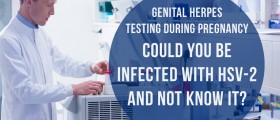
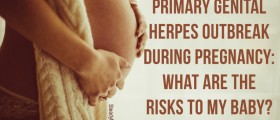
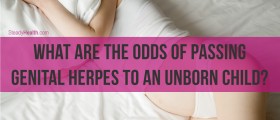
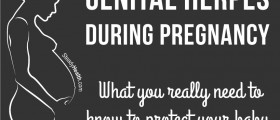
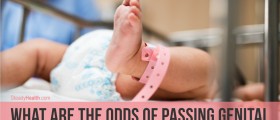

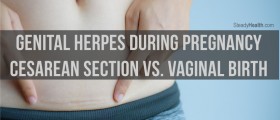
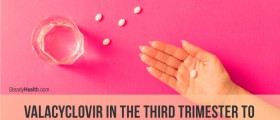
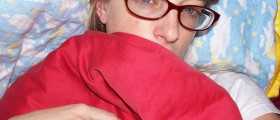

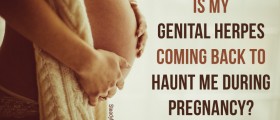

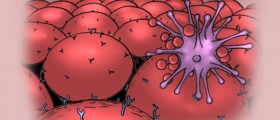
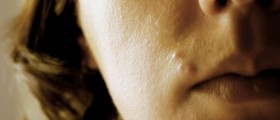
Your thoughts on this
Loading...